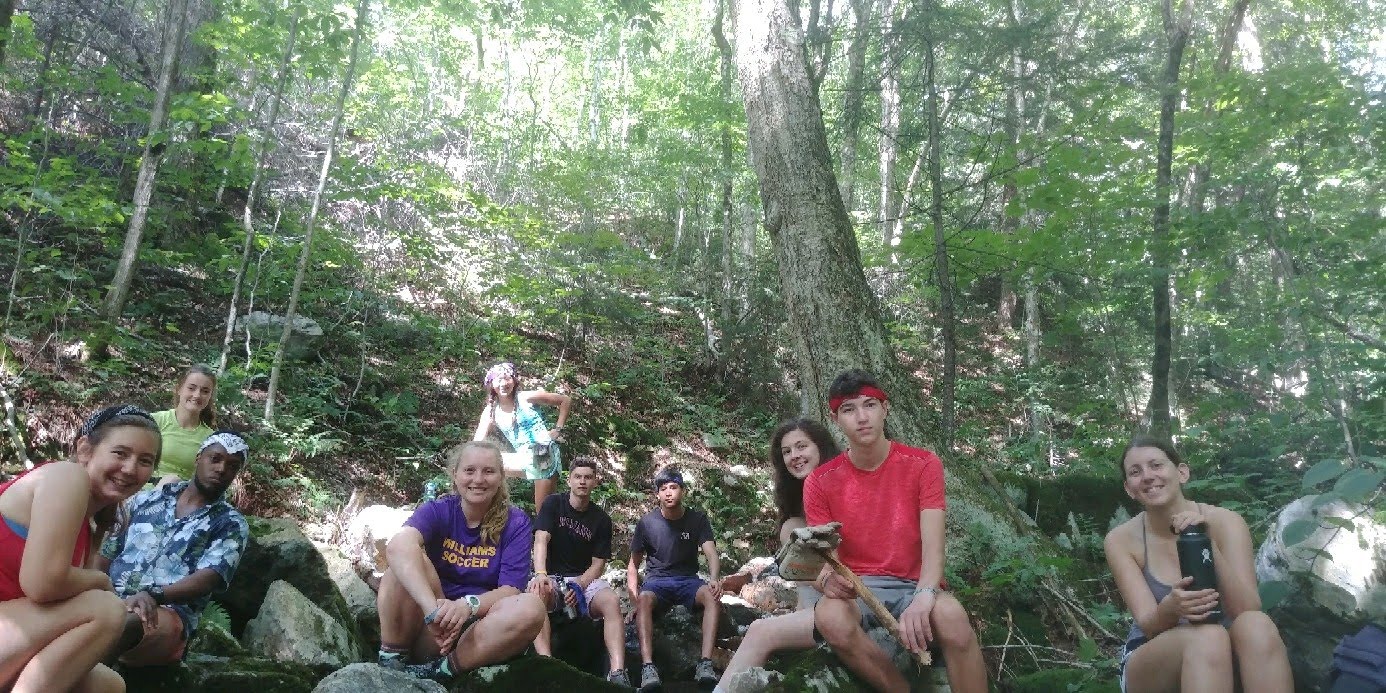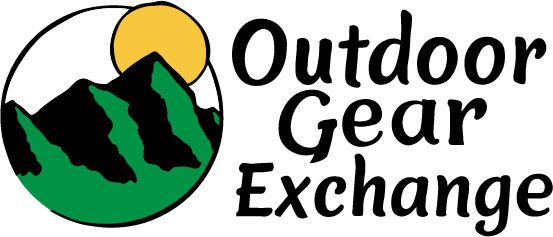This post was written by Williams College student Nigel Jaffe.
The most exciting aspect of the first few weeks for new students at Williams College is the popular first-year orientation program, WOOLF (Williams Outdoor Orientation for Living as First-Years). The majority of Williams first-years go on WOOLF trips – over 30 small groups of 10-12 students are led by two sophomores each, spending three days doing activities such as backpacking, canoeing, rock-climbing, and trail crew.
When my WOOLF group assembled for the first time, none of us were really sure what to expect. We were one of only two groups doing trail crew, and none of us had experience with anything like it. As it turned out, we would be one of many groups heading north to Vermont and making use of its storied Long Trail. Some groups embarked on lengthy backpacking trips down it, but ours would instead camp in a single location and work on trail maintenance.
On the first day, we found our way to the Seth Warner Shelter, where we would stay the night. Our leaders taught us how to set up a campsite, and we tried our hands at bear-bagging and tying various knots. The process of learning various new skills served as a great point of bonding for us as we got to know each other over the course of the day.
The next morning, we met Lorne Currier, the Green Mountain Club’s Outreach & Field Coordinator, and Jim Sullivan, one of their most active volunteers. A long stretch of trail near the campsite was inundated with mud, and a few bog bridges were loosening around the foundations. Lorne and Jim showed us the techniques which make a bridge sturdy and what might lead to degradation over time as we prepared to build our own bridge. We hauled the wood down from the road in pairs, and along the way, learned some of the key tenets of trail maintenance – (1) keep water off the trail, and (2) keep people on it. This helped inform our thinking when we started work on drainage later. Once we had our supplies, Lorne and Jim trained us on proper tool use and we got to work. We dug foundations and installed a few bridges of our own, working in small groups which let us get to know each other even better. It was difficult work, especially when it came to moving large rocks embedded in the trail, but the teamwork strengthened us as a group and at the end of the day we were tired but satisfied.
On the third day, we finished installing bog bridges and moved on to drainage work. Lorne showed us how drains are properly carved out in places where water runs across trails, and we worked on improving neglected drains. We also tried to ensure that hikers stayed on the trail by blocking detours and clearing detritus off the path. As we worked, I struck up a conversation with Lorne about how the Green Mountain Club operates and I was surprised to learn how much it relies on volunteers like Jim. Conversations with both Lorne and Jim made me more aware of the influence that government policy has on forestry. Lorne ignited an interest in me for a topic that I had never before considered and gave me a few recommendations for ways to get involved with similar work outside of service trips like ours, such as the Vermont Youth Conservation Corps. We also learned a lot from Lorne and Jim about the core principles of Leave No Trace, which may have been the most important message we took away from the trip. Few of us had been camping like this before, so it was a valuable lesson in sustainability and good citizenship.
Overall, the trip was a great experience both for its ability to bring us together as a group and for the knowledge that we gained in trail work and sustainable camping. We learned a huge amount about trail work and picked up useful skills for future trips of a similar nature. Many thanks to Lorne Currier and Jim Sullivan for their enthusiasm and time.

Do you have a group you’d like to get involved with Long Trail service projects? Please contact our Outreach & Field Coordinator. If you’d like to volunteer on your own, check out our opportunities here.



















Leave a Reply